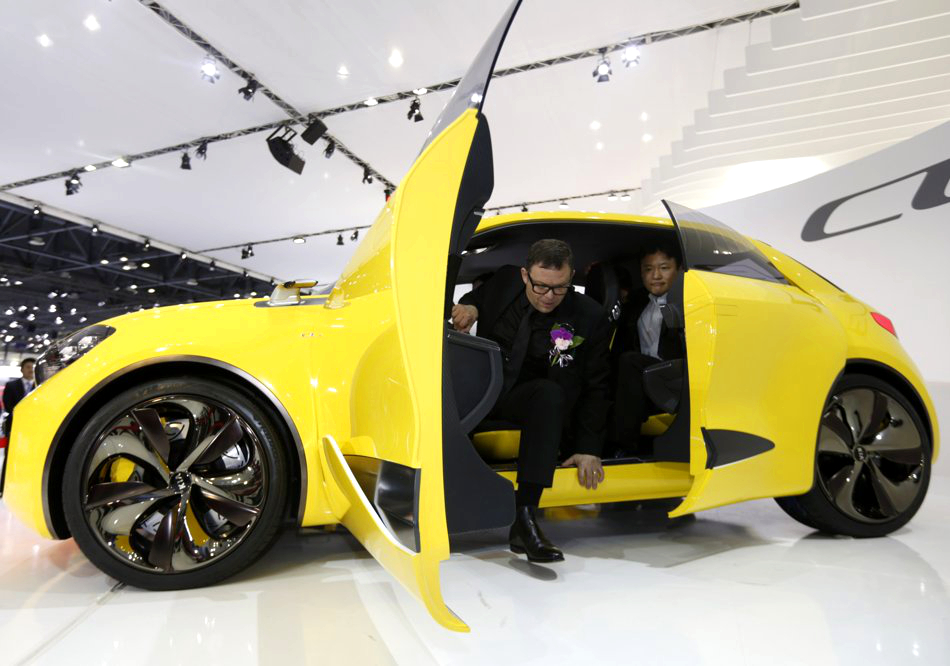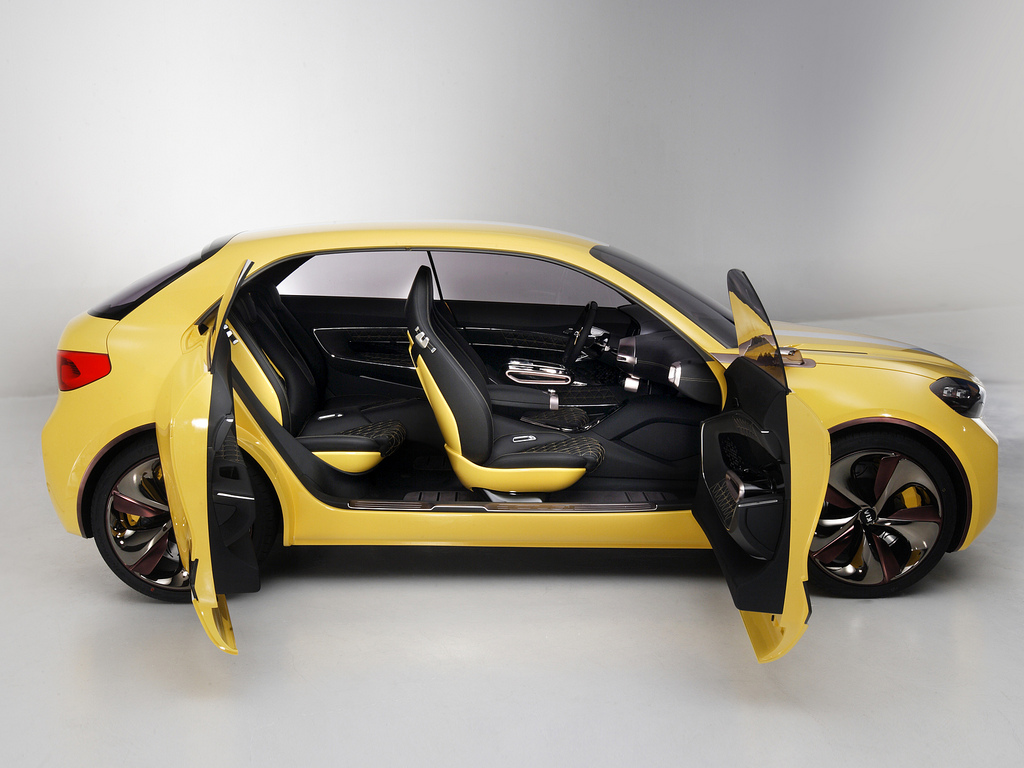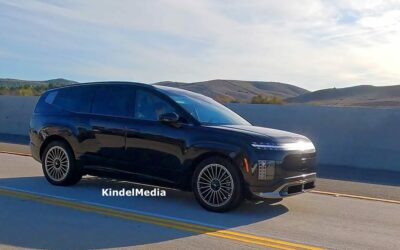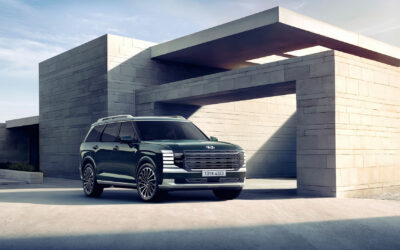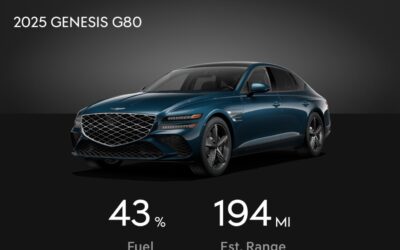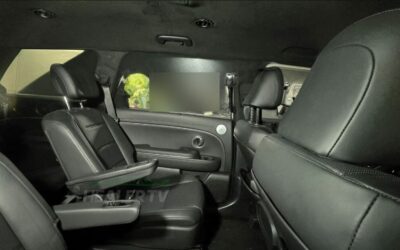Only two months into his new job as the first joint global design chief of Hyundai and Kia, Peter Schreyer is guarded about his burgeoning makeover plans. But this much, he says, is clear: The sibling brands need more distinct identities. And that goes beyond sheet metal. They need greater differentiation in market positioning and in segmentation.
That means, he says, that Hyundai Motor Co. and Kia Motors Corp. need fewer cars overlapping in type and function. He cites two examples he sees as troubling: the Hyundai Santa Fe crossover and its Kia counterpart, the Sorento; and the Hyundai Elantra, known as the i30 in some markets, and the Kia Forte, which is called the Cee’d in Europe.
“A Santa Fe and a Sorento have very, very different designs,” Schreyer told Automotive News during the Seoul Motor Show last month. “But the basic platform and layout is very similar. This is the case in several segments, like for example the Cee’d and the i30”.
“I think we could probably make more differentiation so that the cars actually serve a different purpose. Maybe one is roomier and one is sleeker and flatter, for example,” he said.
He says the upcoming shift will be a “dramatic evolution.” The vision of Hyundai Motor Group’s top designer, who was promoted in January to the title of president with oversight of both brands, foreshadows a new era for the companies. Hyundai and Kia traditionally have shared powertrains, platforms and other technical underpinnings, relying on different top hats — a term that covers exterior and interior designs that consumers see — to set them apart.
Differentiating multiple brands is a common quandary facing many carmakers, including General Motors and Volkswagen AG. Indeed, Schreyer, 59, grappled with it often during a 26-year career as a designer at Volkswagen and Audi, where he was perhaps best known for helping design the original Audi TT.
Now the Germany-born Schreyer, who came to Kia in 2006, aims to tackle the dilemma at Hyundai-Kia. Traditionally, the two Korean brands have diverged in image and branding. Kia was the sporty, less expensive entry brand; Hyundai was the more refined mass-market player. But in recent years, Kia has been pushing upward into Hyundai’s territory. Schreyer’s task will be defining those differences while staying true to the DNA of each.
Schreyer led the transformation of Kia’s design by introducing the angular, sporty look epitomized by the Optima sedan and Sportage crossover. He aims to work similar magic at Hyundai. The first Hyundai vehicles showing his direct influence will hit the market in about three years, he reckons.
 The HND-9 luxury sports car concept hints at Hyundai’s design direction, Schreyer says.
The HND-9 luxury sports car concept hints at Hyundai’s design direction, Schreyer says.
Family backing
Schreyer has the confidence and backing of Hyundai’s ruling family. That allows him to make waves. Chung Euisun, son of Hyundai Motor Group Chairman Chung Mong-koo, lured Schreyer away from VW. The younger Chung, now vice chairman, has kept his recruit on the fast track ever since.
In December, Schreyer was appointed president at Kia, the first non-Korean president at either Kia or Hyundai. Less than month later he was promoted again, this time to president and chief design officer for the whole motor group.
The title of president doesn’t carry the same clout at Korean companies as at Western ones. Hyundai and Kia have two presidents each, while there are four presidents who, like Schreyer, jointly oversee operations in both companies. But there’s no doubt within the company about Schreyer’s influence at Hyundai and Kia, especially given his access to the controlling Chung family.
“I talk with Mr. E.S. Chung once in a while,” Schreyer says. “We were talking about the two brands, and sometimes we were also talking about how it would be if I took care of both or if it would be good if there was one person to oversee both.”
Until his appointment there had never been a single design boss for the group’s brands, as there is at VW, GM and Ford Motor Co. Chung and Schreyer decided it was time to create the new post. Schreyer says he is starting from a solid base.
Both brands have distinct looks. And both brands have made huge strides in styling. Hyundai’s sales surge in recent years has been attributed partly to the curvy design language, which the company calls “Fluidic Sculpture,” that is employed in the Sonata and Elantra sedans. But Schreyer sees room for improvement.
“My new role is to try to find an even more defined direction in design,” he says. Still, Schreyer sees his role as enhancing, not fixing, Hyundai. Oh Suk-geun, design boss for the Hyundai brand, will stay on in that role and report to Schreyer. Kia has yet to name a replacement for Schreyer as its design head. “This had nothing to do with weakness” in Hyundai designs, Schreyer says of his promotion. “Hyundai did quite a good job. It’s something that needs to be developed further.”
Schreyer points to the HND-9 luxury sports car concept, shown at last month’s Seoul Motor Show, as a future direction for Hyundai. He says it has a cleaner, more organized design than the current Fluidic Sculpture look but still maintains some of the sleek, flowing elements of the current lineup.
Details are still fuzzy. But Schreyer wants lineups and segments at Hyundai and Kia to interlock more and overlap less. “If you see the cars on the street, you can tell the difference between the two,” he says. “Where I would like to see more distinction is in the type of cars the companies are doing.”
Golf, A3 are guides
He points to his old stamping grounds at Volkswagen and Audi as the model. Both brands are part of the larger Volkswagen AG auto group. Yet neither overlaps with or cannibalizes the other. “Let’s look at the Golf and the Audi A3,” Schreyer says, referring to two VW corporate stable mates that share the same platform.
“They are the same size, the same segment, but completely different types of cars. A customer who buys a Golf would never buy an A3, and the other way around,” he says. “This way we can address more and different kinds of customers.” The difference with Audi, however, is that Hyundai has to remain a volume brand, Schreyer notes. That means there is limited room to trim the lineup to avoid overlap with Kia, he says.
He doesn’t yet have a clear plan for translating these goals into reality. “We just started this whole thing,” Schreyer says. “I’ve only had this job for two months now, so you have to give me a bit of time to think about it myself.” But the basic DNA is there, he says. Kia is younger and sportier. Hyundai is more premium and performance oriented. The spunky Kia Cub concept, also unveiled in Seoul, may point to the fresh, energetic feel he envisions for Kia.
Hyundai needs Genesis
The Hyundai Genesis family, especially as foreshadowed by the edgy HND-9 Concept with its butterfly doors, underscores the more sophisticated, technology-oriented direction of Hyundai. Keeping Genesis and the top-line Equus sedan within the Hyundai family is key to strengthening the brand, Schreyer says.
He downplayed the persistent speculation that Hyundai may use those nameplates to create a premium subbrand. “Genesis is almost a brand by itself,” he says. “But I think it is a better idea not to separate it, not to found a new brand. I think it makes Hyundai stronger if they stay within the brand.”
Deployment of rear-wheel-drive vehicles may be one way to differentiate the brands, Schreyer says. One brand may get more rwd than the other, making it an image point. Teasing out the differences as the joint head of two brands won’t be easy, Schreyer concedes. This is the first time he has simultaneously overseen the vision of two brands. “The biggest challenge will be not getting confused,” Schreyer says. “But the biggest risk is not to take a risk.”
Source: [Autonews]

